13 Essential Tips for Starting Your Antique Dishware Collection
Starting an antique dishware collection can be a rewarding hobby for anyone who loves history, design, or timeless table settings. With so many styles and patterns available, it helps to know what to look for before you begin. These tips will guide you in choosing pieces that bring both enjoyment and lasting value to your collection.
This post may contain affiliate links, which helps keep this content free. Please read our disclosure for more info.
Start with a Focus

Choosing a theme helps make collecting less overwhelming. You could pick a specific maker like Wedgwood, a time period such as Victorian, or a style like transferware. Having a focus gives direction and keeps your collection cohesive.
Without a plan, it’s easy to feel lost among endless patterns and designs. A clear focus makes every purchase more meaningful and adds a sense of purpose. Over time, your collection will tell a more complete story.
Do Your Research

Knowledge is your strongest tool when starting out. Learn about hallmarks, backstamps, and common identifying marks that confirm authenticity. Books, museums, and online resources are excellent places to start.
Research protects you from costly mistakes. It also builds confidence, helping you recognize genuine pieces from reproductions. The more you learn, the sharper your instincts become.
Set a Budget
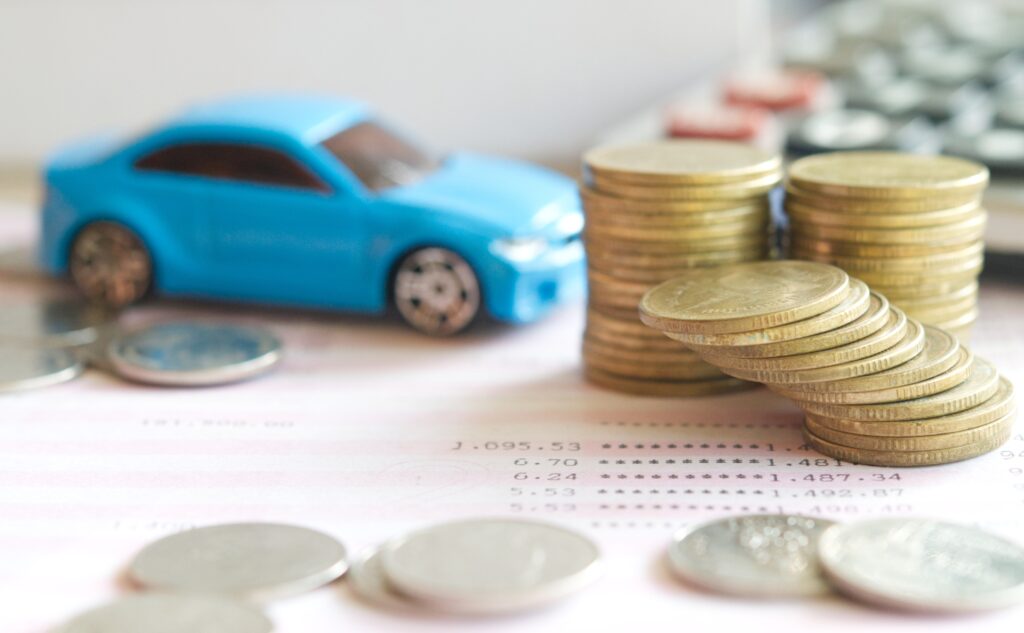
Collecting can get expensive quickly, so setting limits is important. Antique dishware ranges from affordable teacups to rare, high-value sets. Having a budget keeps your collecting goals realistic.
Financial limits also prevent impulse purchases. Saving up for special items can be more rewarding than buying too quickly. A steady approach lets your collection grow without strain.
Shop at Reputable Sources
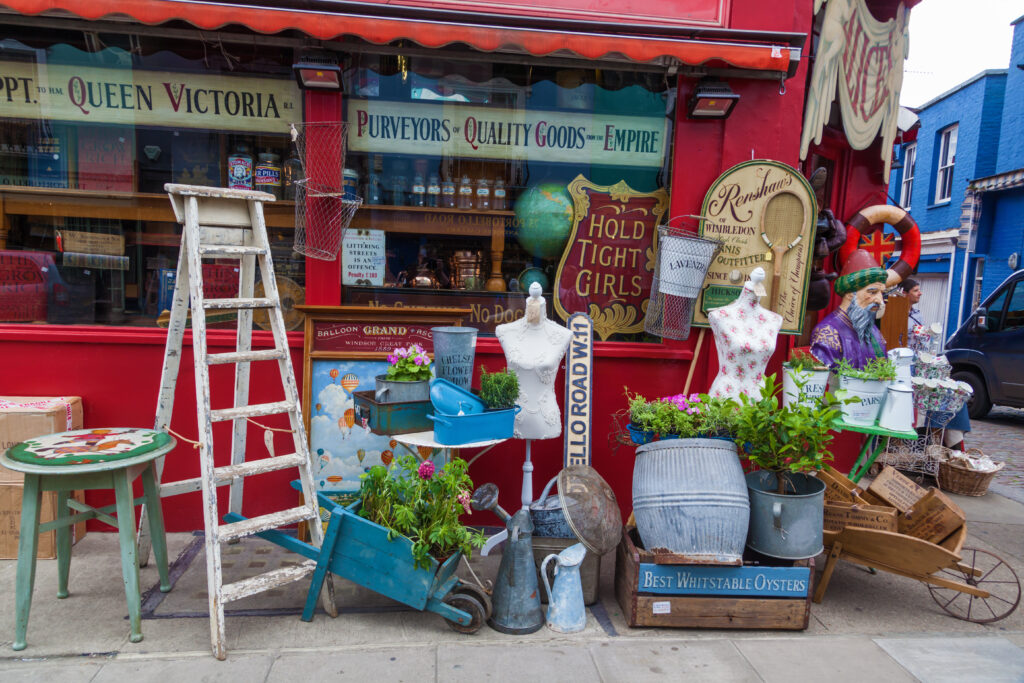
Trusted sellers are less likely to offer fakes or damaged items. Antique shops, estate sales, and well-known online dealers are good starting points. Many also provide helpful background details.
Building relationships with reliable sellers benefits you in the long run. They may offer you first picks on new finds or alert you to upcoming sales. Trust makes the experience more enjoyable and secure.
Check Condition Carefully
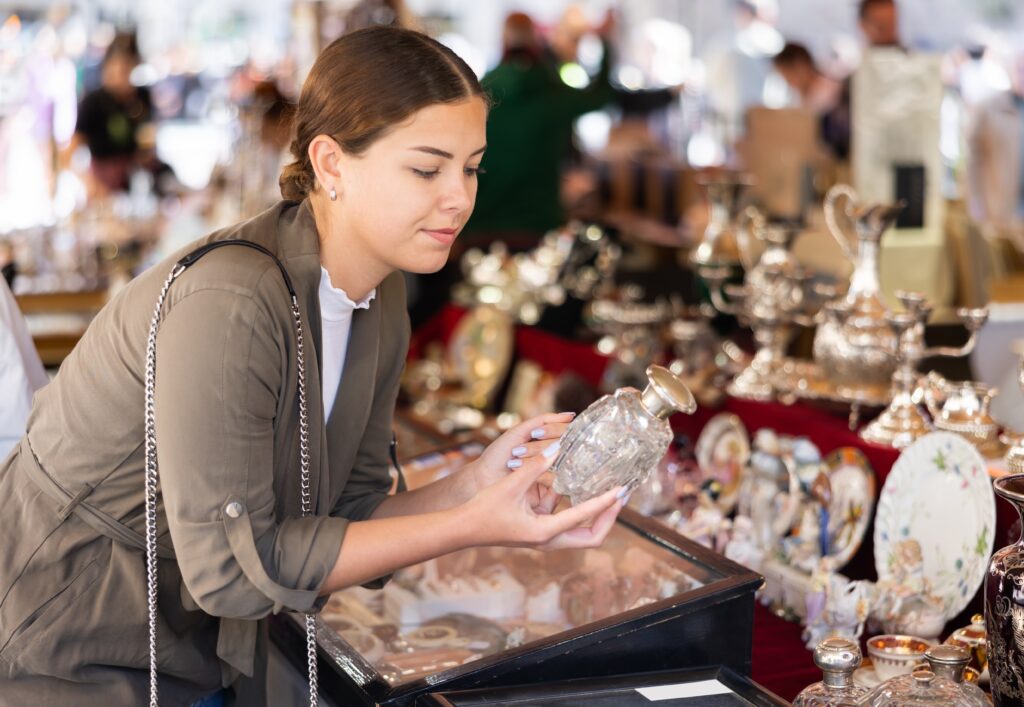
Condition greatly affects both value and beauty. Look for cracks, chips, stains, or repairs that might lower worth. Even small flaws can matter when it comes to pricing.
Holding pieces to the light can reveal hidden cracks, while running your hand along edges may expose chips. With practice, you’ll become quicker at spotting issues. Careful inspection helps you buy wisely.
Understand Rarity vs. Value
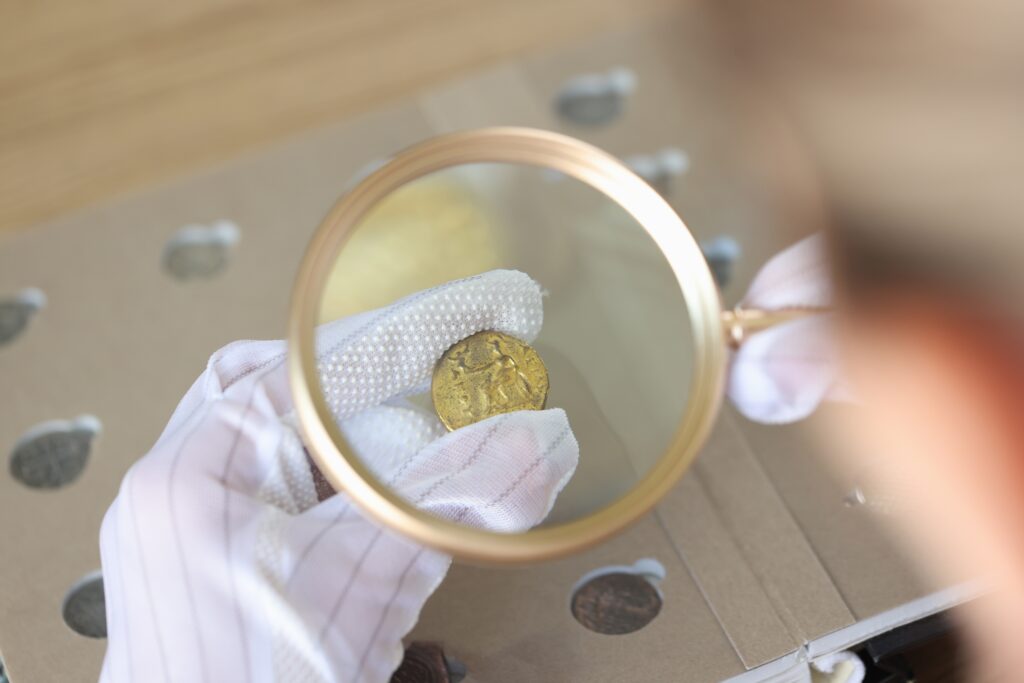
A rare piece isn’t always the most valuable one. Condition, demand, and maker reputation often carry more weight. A common plate in excellent condition may be worth more than a rare piece with damage.
Knowing this balance helps you avoid overpaying. It also gives perspective when choosing what to buy. Collecting becomes more rewarding when you understand how value truly works.
Look for Maker’s Marks
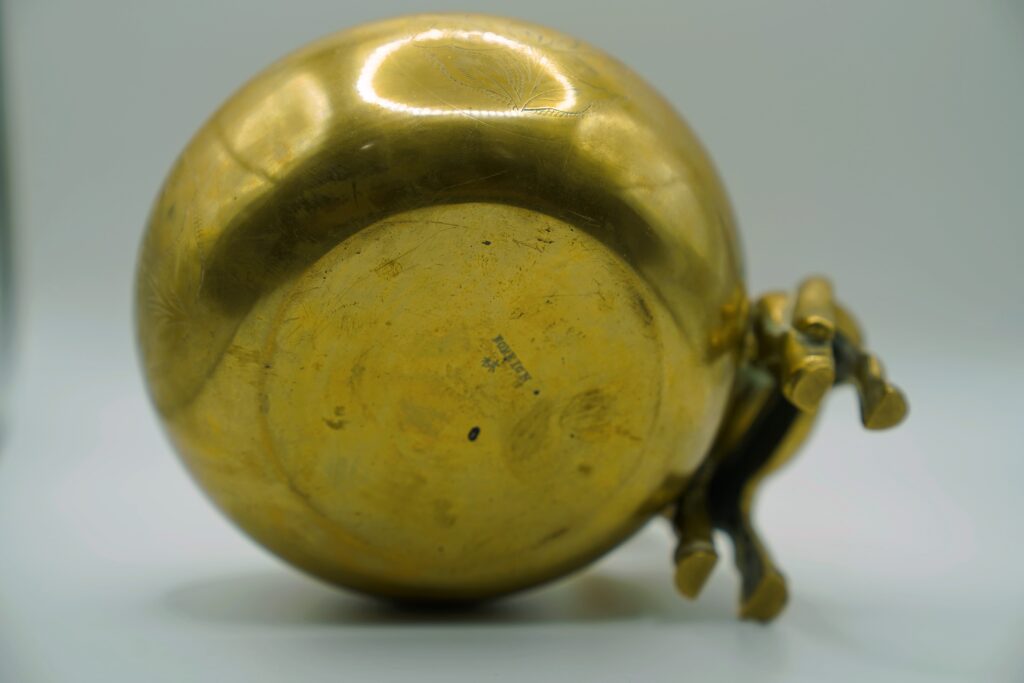
Many pieces have marks on the underside that identify the maker. These backstamps can reveal the origin and sometimes even the production date. They are key to confirming authenticity.
Over time, you’ll recognize marks from major companies at a glance. Collector’s guides and charts are useful tools while learning. Once familiar, reading these marks becomes second nature.
Buy What You Love
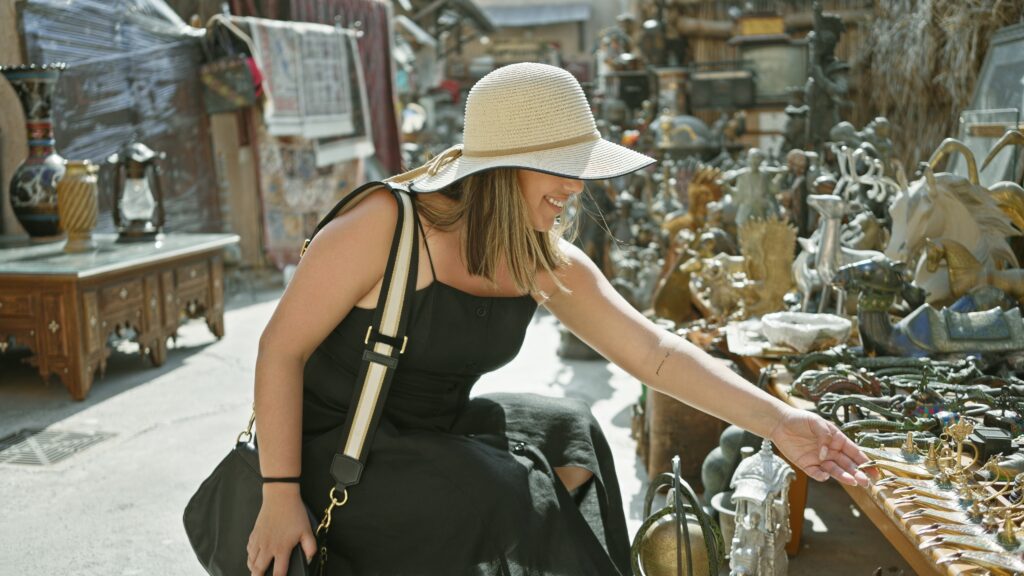
Your collection should reflect your taste first. Market trends rise and fall, but pieces you enjoy will always feel valuable. A personal connection makes collecting more meaningful.
A teacup in your favorite color or a plate that reminds you of family dinners may bring more joy than the rarest find. Following your instincts creates a collection that feels unique. Passion should guide your choices.
Start Small
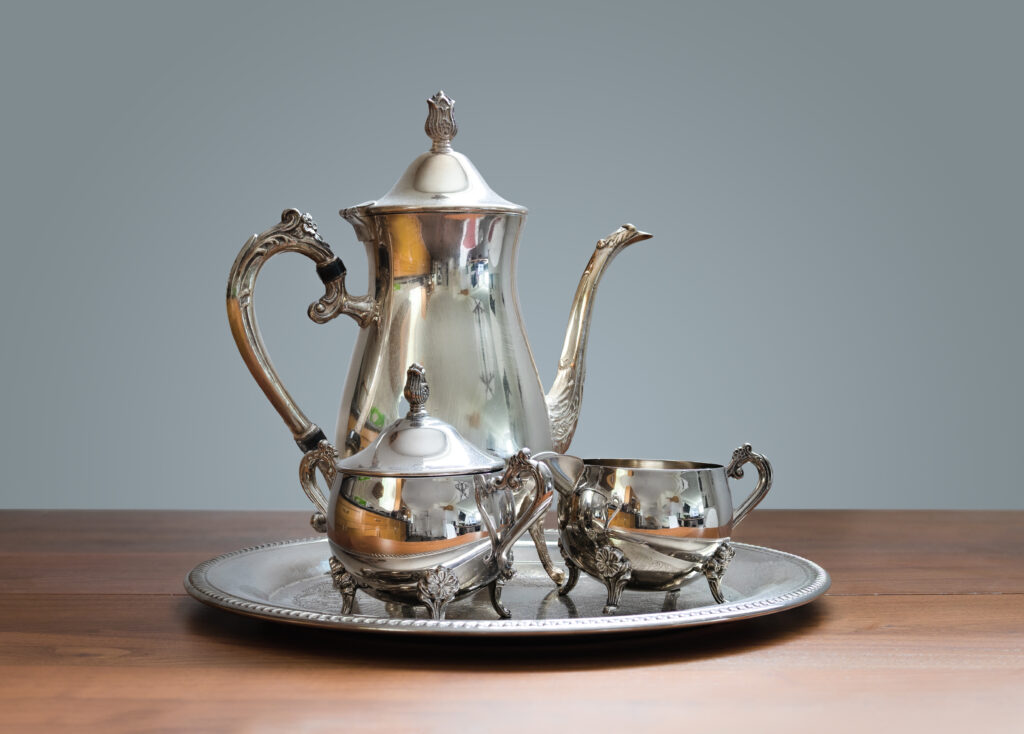
Beginning with teacups, saucers, or dessert plates is a smart choice. These are often less expensive and easier to find. They also help you learn before investing in larger sets.
Starting small builds confidence and reduces risk. Over time, these little treasures add variety and charm. They make a collection feel approachable and fun.
Handle With Care
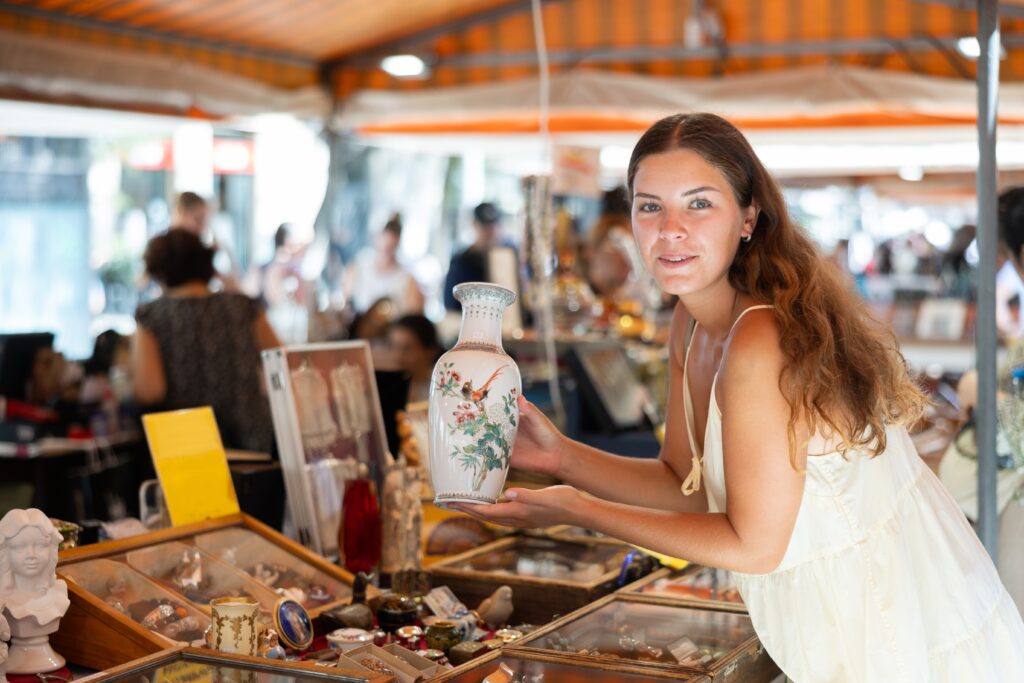
Antique dishware is fragile and requires gentle handling. Always hold items with both hands, and avoid lifting by delicate handles. Gloves can also help protect delicate surfaces.
A single accident can cause permanent damage. Proper handling keeps your collection intact for years to come. Treating pieces with care shows respect for their history.
Learn to Spot Reproductions
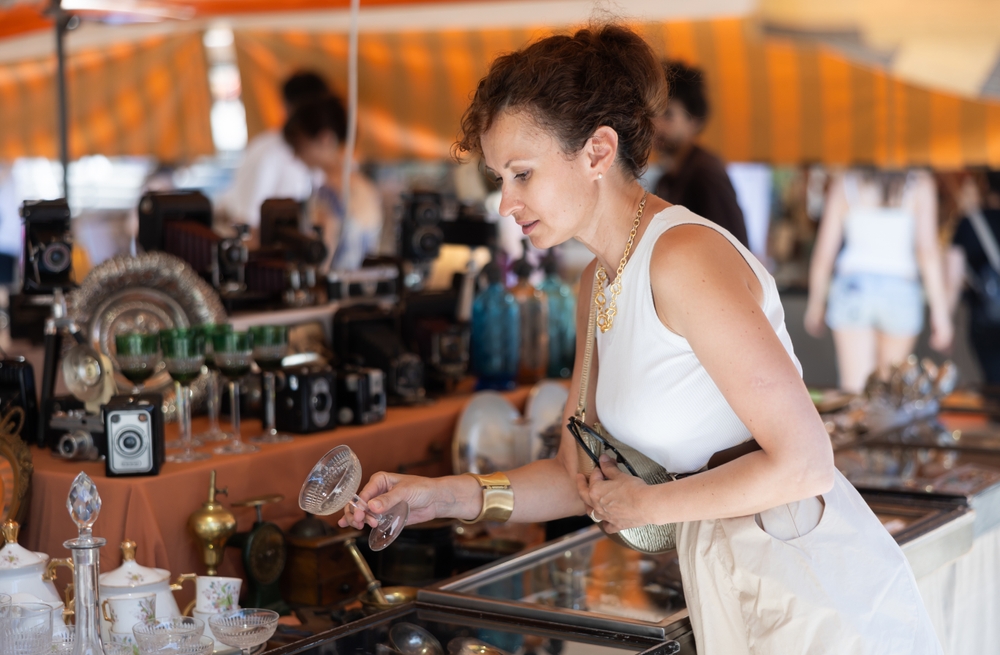
Reproductions often look convincing but lack key details. Differences in glaze, weight, or quality can give them away. Comparing with authentic pieces is the best way to learn.
Experience makes spotting fakes easier. Collectors often share tips for identifying reproductions of certain makers. Protecting your collection from fakes keeps it authentic.
Mix Practicality and Display
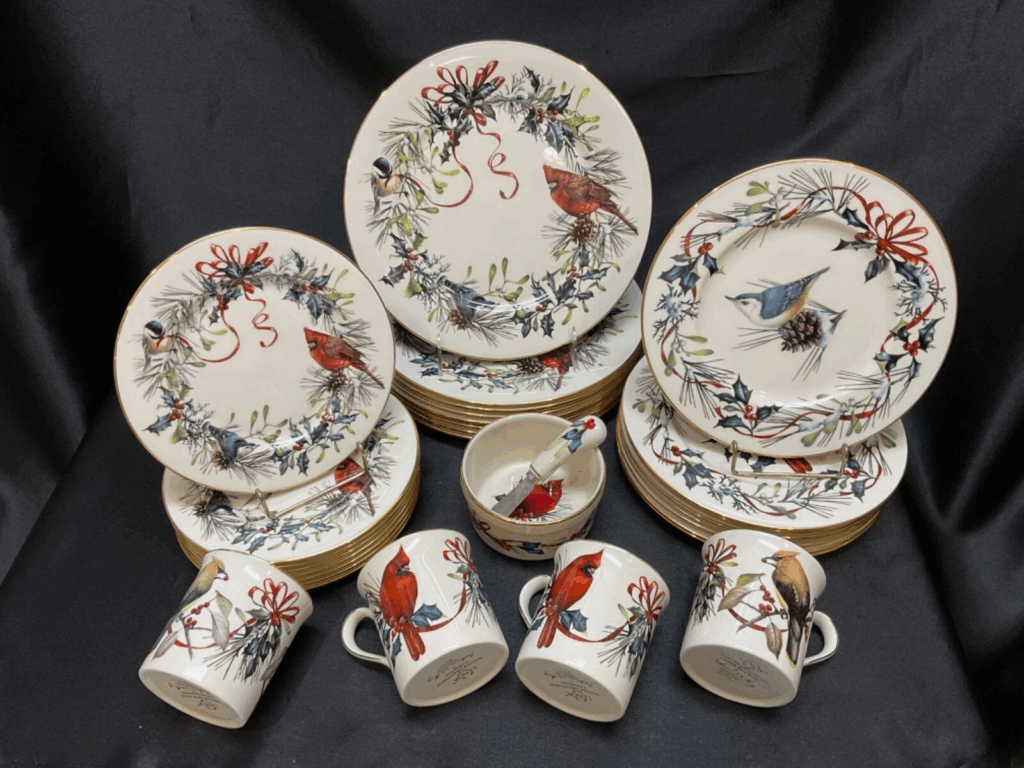
Some collectors use their dishware for special meals, while others prefer to display it safely. Deciding how you want to enjoy your pieces will guide your buying. Imperfect items may be better for use, while pristine ones are best for display.
Mixing display with practical use makes a collection feel alive. Hosting with antique teacups or setting a holiday table adds a personal touch. Your collection should fit your lifestyle.
Network with Collectors

Joining collector groups connects you with others who share your passion. Many communities provide advice, identification help, and insider knowledge. Both online and local clubs are great places to start.
Networking also gives access to private sales and events. Fellow collectors may share opportunities that you wouldn’t find on your own. Relationships in the community can be just as valuable as the pieces themselves.
Keep Detailed Records

Tracking your collection helps you stay organized. Record the maker, pattern, condition, and purchase details for each item. Photos add extra value to your records.
Good documentation also helps with insurance or future sales. It creates a complete history for your collection. Over time, your records become as meaningful as the dishware itself.
This article originally appeared on Avocadu.
